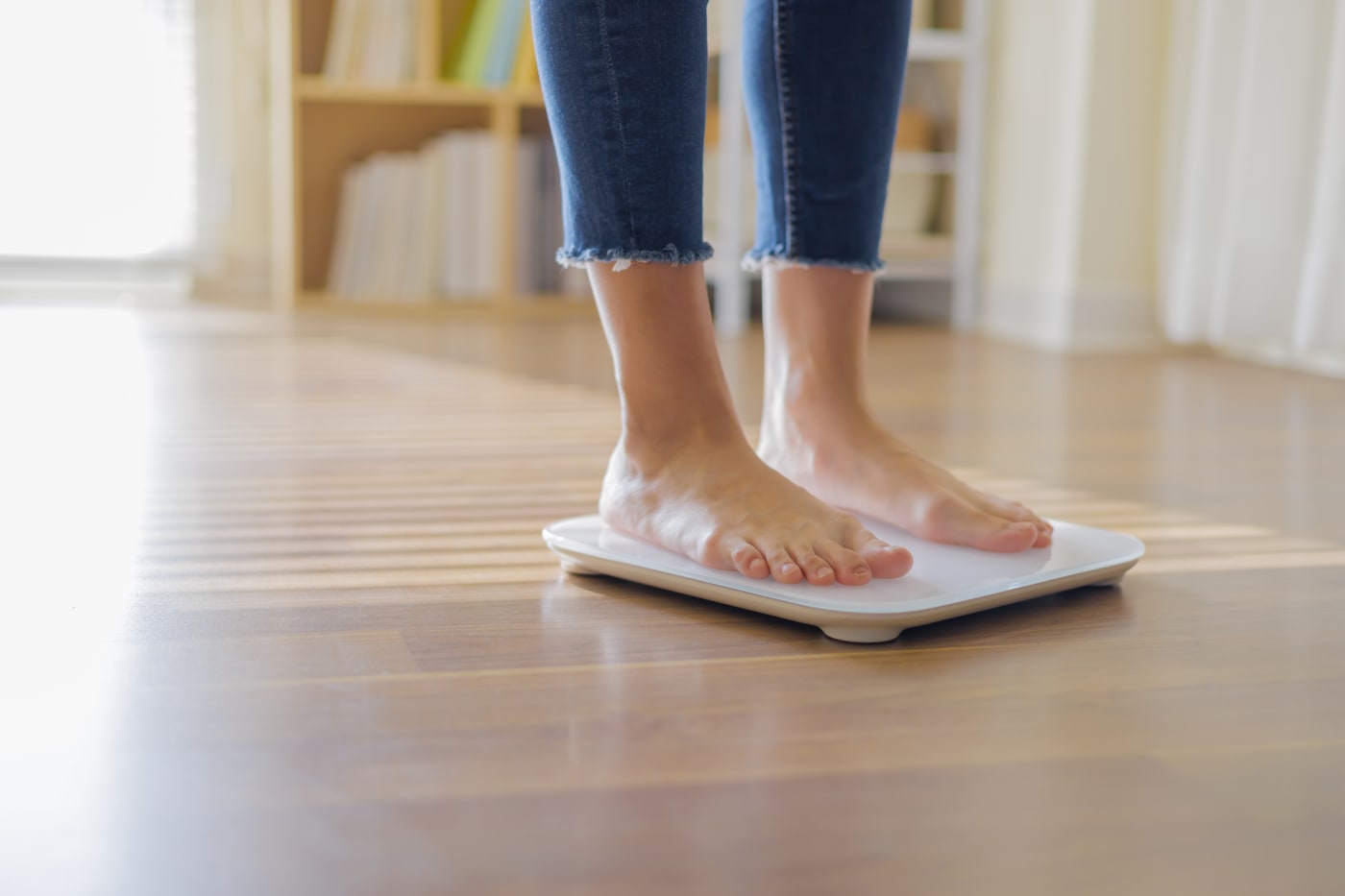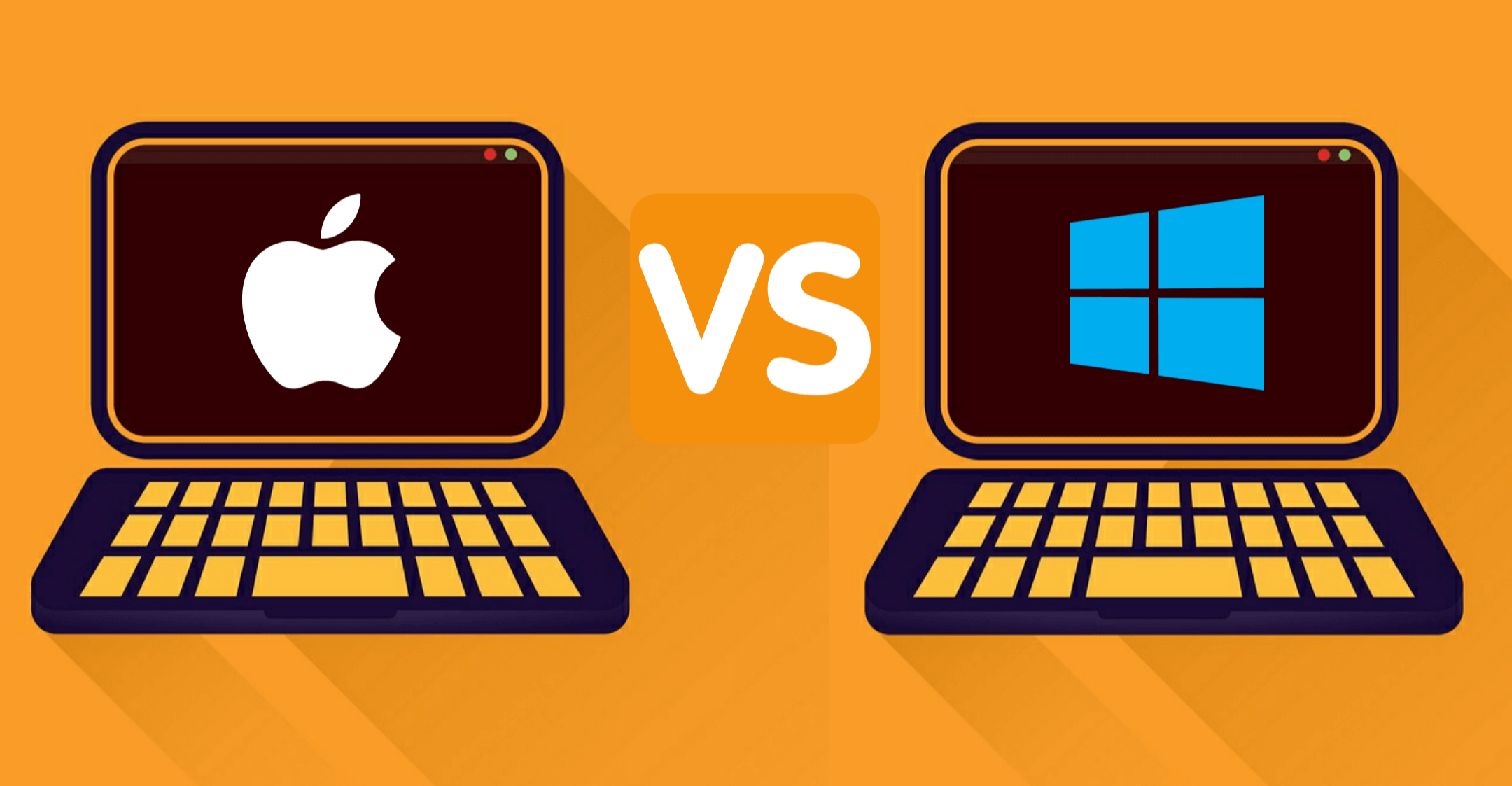The best smart scales for 2024
Sure, it’s easy enough to weigh yourself using a standard scale, but when you take the leap and switch to smart scales, you’ll never look back. From basic weight information to a detailed look at your BMI, muscle mass, body fat percentage and more, the best smart scale can help you keep track of your weight over time, allowing you to hone in on your health-and-wellness routine safely and accurately. Smart scales connect to your phone or mobile device using Bluetooth or Wi-Fi, allowing you to keep track of those all-important health metrics more easily and securely (no more worrying about losing that piece of paper you jotted on before). We’ve tested and researched the best smart scales to help you on your health journey so you can find one that works best for you. Smart scale safety There are valid reasons to weigh yourself, but your self-worth shouldn’t be defined by the number that shows up between your feet. If you’re looking to alter your body shape, that figure could go up as your waistline goes down, since muscle weighs more than fat. Dr. Anne Swift, Director of public health teaching at the University of Cambridge, said that “weighing yourself too often can result in [you] becoming fixated on small fluctuations day-to-day, rather than the overall trend over time.” Swift added that “it’s sometimes better to focus on how clothes fit, or how you feel, rather than your weight.” (A meta-analysis from 2016 found there may be some negative psychological impact from self weighing. A 2018 study, however, said that there may be a positive correlation between regular weigh-ins and accelerated weight loss. It can be a minefield, and I’d urge you to take real care of yourself and remember that success won’t happen overnight.) What to look for in a smart scale Weight A weighing scale that weighs you is probably the top requirement, right? One thing to bear in mind is that, with all these measurements, weight readings won’t be as accurate as a calibrated, clinical scale. Consequently, it’s better to focus on the overall full body weight trend up or down over time, rather than the figures in isolation. Connectivity Most scales will either connect to your phone over Bluetooth, or to your home’s Wi-Fi network, and you should work out your regular weighing routine ahead of time. A lot of lower-end, Bluetooth-only scales will only record your weight when your phone is present and don’t keep local records. That means if you routinely leave your phone outside the bathroom at home, you could lose that day’s stats. Wi-Fi connectivity, on the other hand, allows a scale to post your stats to a server, letting you access them from any compatible device. But you need to be mindful that there’s a small risk to your privacy should that information from your Wi-Fi scale be compromised. Bone density The stronger your bones, the less you’re at risk from breaks and osteoporosis, which you should keep in mind as you get older. Clinical bone density tests use low-power x-rays but higher-end scales can offer an approximation from your own bathroom. These bone mass tests pass a small electrical current through your feet, measuring the resistance as it completes its journey. The resistance offered by bones, fat and muscle are all different, and your scale can identify the difference. Body fat percentage and muscle mass Fat and muscle are necessary parts of our makeup, but an excessive amount of either can be problematic. Much like bone density, a smart scale can measure body fat and muscle mass percentages using Bioelectrical Impedance Analysis (BIA). This measurement tests how well your body resists the electrical signal passing through your body. (It’s a rough rule of thumb that you should have a 30/70 percent split between fat and muscle, but please consult a medical professional for figures specific to your own body and medical needs.) BMI A lot of scales offer a BMI calculation, and it’s easy to do since you just plot height and weight on a set graph line. Body Mass Index is, however, a problematic measurement that its critics say is both overly simplistic and often greatly misleading. Unfortunately, it’s also one of the most common clinical body metrics and medical professionals will use it to make judgements about your care. Pulse Wave Velocity French health-tech company Withings has offered Pulse Wave Velocity (PWV) on its flagship scale for some time, although regulatory concerns meant it was withdrawn for a period of time. It’s a measurement of arterial stiffness, which acts as a marker both of cardiovascular risk and also other health conditions. I’ve had anecdotal reports that PWV scales have sent people to the doctor, where they’ve found they were close to a cardiac event. It’s worth saying, as with all of these technologies, that there is limited, albeit positive, research into how accurate these systems are. Display Less a specification and more a note that smart scales have displays ranging from pre-print

Sure, it’s easy enough to weigh yourself using a standard scale, but when you take the leap and switch to smart scales, you’ll never look back. From basic weight information to a detailed look at your BMI, muscle mass, body fat percentage and more, the best smart scale can help you keep track of your weight over time, allowing you to hone in on your health-and-wellness routine safely and accurately. Smart scales connect to your phone or mobile device using Bluetooth or Wi-Fi, allowing you to keep track of those all-important health metrics more easily and securely (no more worrying about losing that piece of paper you jotted on before). We’ve tested and researched the best smart scales to help you on your health journey so you can find one that works best for you.
Smart scale safety
There are valid reasons to weigh yourself, but your self-worth shouldn’t be defined by the number that shows up between your feet. If you’re looking to alter your body shape, that figure could go up as your waistline goes down, since muscle weighs more than fat. Dr. Anne Swift, Director of public health teaching at the University of Cambridge, said that “weighing yourself too often can result in [you] becoming fixated on small fluctuations day-to-day, rather than the overall trend over time.” Swift added that “it’s sometimes better to focus on how clothes fit, or how you feel, rather than your weight.”
(A meta-analysis from 2016 found there may be some negative psychological impact from self weighing. A 2018 study, however, said that there may be a positive correlation between regular weigh-ins and accelerated weight loss. It can be a minefield, and I’d urge you to take real care of yourself and remember that success won’t happen overnight.)
What to look for in a smart scale
Weight
A weighing scale that weighs you is probably the top requirement, right? One thing to bear in mind is that, with all these measurements, weight readings won’t be as accurate as a calibrated, clinical scale. Consequently, it’s better to focus on the overall full body weight trend up or down over time, rather than the figures in isolation.
Connectivity
Most scales will either connect to your phone over Bluetooth, or to your home’s Wi-Fi network, and you should work out your regular weighing routine ahead of time. A lot of lower-end, Bluetooth-only scales will only record your weight when your phone is present and don’t keep local records. That means if you routinely leave your phone outside the bathroom at home, you could lose that day’s stats. Wi-Fi connectivity, on the other hand, allows a scale to post your stats to a server, letting you access them from any compatible device. But you need to be mindful that there’s a small risk to your privacy should that information from your Wi-Fi scale be compromised.
Bone density
The stronger your bones, the less you’re at risk from breaks and osteoporosis, which you should keep in mind as you get older. Clinical bone density tests use low-power x-rays but higher-end scales can offer an approximation from your own bathroom. These bone mass tests pass a small electrical current through your feet, measuring the resistance as it completes its journey. The resistance offered by bones, fat and muscle are all different, and your scale can identify the difference.
Body fat percentage and muscle mass
Fat and muscle are necessary parts of our makeup, but an excessive amount of either can be problematic. Much like bone density, a smart scale can measure body fat and muscle mass percentages using Bioelectrical Impedance Analysis (BIA). This measurement tests how well your body resists the electrical signal passing through your body. (It’s a rough rule of thumb that you should have a 30/70 percent split between fat and muscle, but please consult a medical professional for figures specific to your own body and medical needs.)
BMI
A lot of scales offer a BMI calculation, and it’s easy to do since you just plot height and weight on a set graph line. Body Mass Index is, however, a problematic measurement that its critics say is both overly simplistic and often greatly misleading. Unfortunately, it’s also one of the most common clinical body metrics and medical professionals will use it to make judgements about your care.
Pulse Wave Velocity
French health-tech company Withings has offered Pulse Wave Velocity (PWV) on its flagship scale for some time, although regulatory concerns meant it was withdrawn for a period of time. It’s a measurement of arterial stiffness, which acts as a marker both of cardiovascular risk and also other health conditions. I’ve had anecdotal reports that PWV scales have sent people to the doctor, where they’ve found they were close to a cardiac event. It’s worth saying, as with all of these technologies, that there is limited, albeit positive, research into how accurate these systems are.
Display
Less a specification and more a note that smart scales have displays ranging from pre-printed LCDs or digital dot matrix layouts through to color screens. On the high end, your scale display can show you trending charts for your weight and other vital statistics, and can even tell you the day’s weather. If you are short-sighted, and plan on weighing yourself first thing in the morning, before you’ve found your glasses / contacts, opt for a big, clear, high-contrast display.
App and subscriptions
You’ll spend most of your time looking at your health data through its companion app, and it’s vital you get a good one. This includes a clear, clean layout with powerful tools to visualize your progress and analyze your data to look for places you can improve. Given that you often don’t need to buy anything before trying the app, it’s worth testing one or two to see if you vibe with it. It’s also important you check app compatibility before making your purchase. Some health apps will only work with iOS or Android — not both.
Several companies also offer premium subscriptions, unlocking other features – including insights and coaching – to go along with your hardware. Fitbit and Withings both offer these services, which you may feel is worth the extra investment each month.
Data portability
Using the same scale or app platform for years at a time means you’ll build up a massive trove of personal data. And it is, or should be, your right to take that data to another provider when you choose to move platforms in the future. Data portability is, however, a minefield, with different platforms offering wildly different options, making it easy (or hard) to go elsewhere.
All of the devices in this round-up will allow you to export your data to a .CSV file, which you can then do with as you wish. Importing this information is trickier, with Withings and Garmin allowing it, and Omron, Xiaomi, Eufy and Fitbit not making it that easy. (Apps that engage with Apple Health, meanwhile, can output all of your health data in a .XML file.)
Power
It’s not a huge issue but one worth bearing in mind that each scale will either run disposable batteries (most commonly 4xAAA) or with its own, built-in battery pack. Sadly, all of our crop of smart scales use batteries, adding an environmental and financial cost to your scale life. That’s just about forgivable for scales that cost under $100, but this stretches even to the highest-end models. When you’re spending more than that on a device, the lack of a rechargeable cell feels very, very cheap indeed.
How we tested and which smart scales we tested
For this guide, I tested six scales from major manufacturers:
Mi (Xiaomi) Body Composition Scale 2 ($29.99)
Our cheapest model, Xiaomi / Mi’s Body Composition Scale 2 is as bare-bones as you can get, and it shows. It often takes a long while to lock on to get your body weight, and when it does you’ll have to delve into the Zepp Life-branded app in order to look at your extra data. But you can’t fault it for the basics, offering limited (but accurate readings) for weight and body composition for less than the price of a McDonald’s for four.
Fitbit Aira Air ($49.95)
Fitbit, now part of Google, is the household name for fitness trackers and smartwatches in the US, right? If not, then it must be at least halfway synonymous with it. The Aria Air is the company’s stripped-to-the-bare bones scale, offering your weight and a few other health metrics, but you can trust that Fitbit got the basics right. Not to mention that most of the reason for buying a Fitbit product is to leverage its fitness app anyway.
Anker Eufy Smart Scale P2 Pro ($79.99)
Eufy’s Smart Scale P2 Pro has plenty of things to commend it – the price, the overall look and feel (it’s a snazzy piece of kit) and what it offers. It offers a whole host of in-depth measurements, including Body Fat, Muscle Mass, Water Weight, Body Fat Mass and Bone Mass, as well as calculating things like your Heart Rate and Basal Metabolic Rate (the amount of calories you need to eat a day to not change weight at all) all from inside its app. In fact, buried beneath the friendly graphic, the scale offers a big pile of stats and data that should, I think, give you more than a little coaching on how to improve your lifestyle.
Shortly before publication, Anker – Eufy’s parent company – was identified as having misled users, and the media, about the security of its products. Its Eufy-branded security cameras, which the company says does not broadcast video outside of your local network, was found to be allowing third parties to access streams online. Consequently, while we have praised the Eufy Smart Scale for its own features, we cannot recommend it without a big caveat.
Omron BCM-500 Body Composition and Scale with Bluetooth ($89.99)
Given its role in making actual medical devices, you know what you’re getting with an Omron product. A solid, reliable, sturdy, strong (checks the dictionary for more synonyms) dependable piece of kit. There’s no romance or excitement on show, but you can trust that however joyless it may be, it’ll do the job in question and will be user-friendly. The hardware is limited, the app is limited, but it certainly (checks synonyms again) is steady.
Joking aside, Omron’s Connect app is as bare-bones as you can get, since it acts as an interface for so many of its products. Scroll over to the Weight page, and you’ll get your weight and BMI reading, and if you’ve set a fitness goal, you can see how far you’ve got to go to reach it. You can also switch to seeing a trend graph which, again, offers the most basic visualization on offer.
Garmin Index S2 ($149.99)
Garmin’s got a pretty massive fitness ecosystem of its own, so if you’re already part of that world, its smart bathroom scale is a no-brainer. On one hand, the scale is one of the easiest to use, and most luxurious of the bunch, with its color screen and sleek design. I’m also a big fan of the wealth of data and different metrics the scale throws at you – you can see a full color graph charting your weight progress, and the various metrics it tracks in good detail. If there’s a downside, it’s that Garmin’s setup won’t hold your hand, since it’s for serious fitness people, not newbies.
Withings Body Comp ($209.95)
At the highest end, Withings’ flagship Body Comp is luxurious, and luxuriously priced, a figure I’d consider to be “too much” to spend on a bathroom scale. For your money, however, you’ll get a fairly comprehensive rundown of body composition metrics including your weight, body fat percentage, vascular age, pulse wave velocity and electrodermal activity. Its monochrome dot matrix display may not be as swish as the Garmin’s, but it refreshes pretty quickly and feels very in-keeping with the hardware’s overall sleek look. If there’s a downside, it’s that they ditched the rechargeable battery found in the Withings Body Cardio (its former flagship, and an excellent scale I’d recommend if it were within the parameters of this guide) in favor of AAA batteries. Which, when you’re spending this much on a scale, makes me feel very nickel-and-dimed.
Best smart scales for 2024
This article originally appeared on Engadget at https://www.engadget.com/best-smart-scale-160033523.html?src=rss
What's Your Reaction?





















































